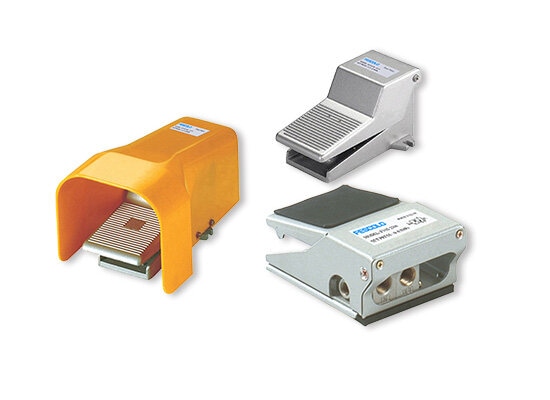
A foot valve is a critical component in many water and fluid pumping systems. Designed to improve efficiency, prevent backflow, and protect your pump, a foot valve is often installed at the very start of the suction line.
A foot valve is a type of one-way check valve installed at the bottom of a suction pipe, typically submerged in a water tank, well, or reservoir.
It allows fluid to enter the system while preventing it from flowing backward when the pump shuts off.
Most foot valves come with a built-in strainer, which filters out debris and prevents foreign materials from damaging the pump.
The strainer is especially useful in open water sources or wells, where particles and sediments are common.
When the pump starts running, it creates a vacuum that opens the foot valve, allowing water or fluid to be drawn into the suction line.
Once the pump stops, the valve’s internal mechanism closes automatically—usually by a weighted or spring-loaded flap—holding the fluid inside the line and maintaining prime.
◆ Keep the pump primed
◆ Prevent backflow into the water source
◆ Eliminate the need for repeated priming
◆ Reduce the risk of pump damage or dry running
◆ Maintain system pressure between pump cycles
Without a foot valve, the entire suction line could drain when the pump stops, leading to airlocks and reduced efficiency.
Correct installation is crucial for the performance of your foot valve. Here are the basic steps:
◆ Select the right foot valve
Ensure it matches your pipe diameter, material (PVC, brass, stainless steel), and flow capacity.
◆ Attach the valve to the end of the suction pipe
It must be positioned vertically, fully submerged in the fluid source, and securely connected to avoid leaks.
◆ Ensure a clean intake area
Avoid placing the foot valve directly in sand, mud, or silt. Use a stand or elevate it slightly off the bottom.
◆ Prime the pump and test
Fill the line with fluid, start the pump, and check whether the foot valve holds water and prevents drainage.
In most suction-side applications, a foot valve serves the same function as a check valve.
Therefore, if a foot valve is already installed at the base of the suction line, a separate check valve is usually not necessary.
However, in systems with very long or vertical suction lines, it may be beneficial to add a check valve closer to the pump as a backup.
On the discharge side of the pump, where backflow into the system must be prevented, a check valve (not a foot valve) is appropriate.
Scenario | Use Foot Valve? | Use Check Valve? |
Drawing from a tank or well | Yes | Optional (usually no) |
Long suction lift | Yes | Optional (added safety) |
Discharge line | No | Yes |
A foot valve is more than just a simple fitting—it is a safeguard that ensures your pump operates efficiently and remains protected from damage.
Whether you’re working with a residential well, agricultural irrigation system, or industrial pump application, the right foot valve can save energy, time, and maintenance costs.
If you're looking to improve your pump system's performance and avoid frequent priming or water loss, investing in a quality foot valve is a smart choice.
FOKCA ©1998-2025 Fescolo Pneumatic All Rights Reserved Sitemap